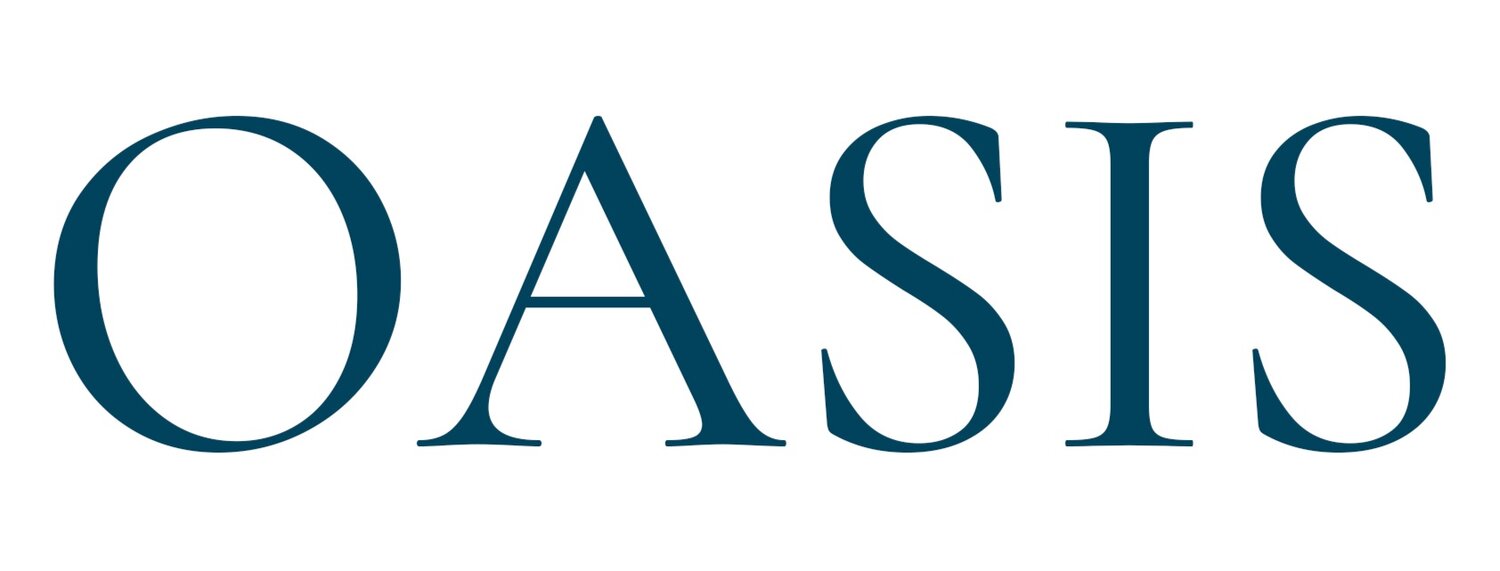Training traditional birth attendants to use misoprostol and an absorbent delivery mat in home births.
A 50-fold disparity in maternal mortality exists between high- and low-income countries, and in most contexts, the single most common cause of maternal death is postpartum hemorrhage (PPH). In Bangladesh, as in many other low-income countries, the majority of deliveries are conducted at home by traditional birth attendants (TBAs) or family members. In the absence of skilled birth attendants, training TBAs in the use of misoprostol and an absorbent delivery mat to measure postpartum blood loss may strengthen the ability of TBAs to manage PPH. These complementary interventions were tested in operations research among 77,337 home births in rural Bangladesh. The purpose of this study was to evaluate TBAs' knowledge acquisition, knowledge retention, and changes in attitudes and practices related to PPH management in home births after undergoing training on the use of misoprostol and the blood collection delivery mat. We conclude that the training was highly effective and that the two interventions were safely and correctly used by TBAs at home births. Data on TBA practices indicate adherence to protocol, and 18 months after the interventions were implemented, TBA knowledge retention remained high. This program strengthens the case for community-based use of misoprostol and warrants consideration of this intervention as a potential model for scale-up in settings where complete coverage of skilled birth attendants (SBAs) remains a distant goal.
